Code
HCS32560
Weight
3.38 Kg / 7.45 lbs
Size
Height
33cm (13") Width
26cm (10") Depth
13cm (5") Material
Copper
Availability
Available

Safe Payment
We accept Paypal, Money Transfer, Bank Transfer
Confidence
Protection covers your purchase and personal data.
Worldwide Delivery
We ship Worldwide, except Russia.Shipping cost US$25.2 for upto 0.5 kgs

Hotline
Talk to help line for your question on 9841267335Partly Gold plating.
This [namgyalma], Buddhist Handmade Statue, [face Painted], [partly Gold Plated And Chocolate Oxidized] has a Partly gold-plated finish. Partly fire gold gilding, a common practice in Nepali handicrafts. This technique is skillfully employed by artisans to create intricate designs on various metal objects, including statues, jewelry, and decorative items. Through a process, a mask or resist is applied to safeguard specific areas from the gold plating. The object is then subjected to high temperatures, allowing the gold to beautifully adhere to exposed surfaces using a combination of heat and pressure.
In the realm of Buddhist statues, this technique holds additional significance as it distinguishes the golden-plated body from the oxidized or maroon-painted clothing. This visual separation conveys the contrast between the divine purity of the body and the modest attire symbolizing the humble lifestyle of Buddhist monks. The partly fire gold gilding not only adds exquisite detail and elegance but also embodies the deep cultural and spiritual meaning associated with these treasured artifacts. Read More . . .
This [namgyalma], Buddhist Handmade Statue, [face Painted], [partly Gold Plated And Chocolate Oxidized] has a Partly gold-plated finish. Partly fire gold gilding, a common practice in Nepali handicrafts. This technique is skillfully employed by artisans to create intricate designs on various metal objects, including statues, jewelry, and decorative items. Through a process, a mask or resist is applied to safeguard specific areas from the gold plating. The object is then subjected to high temperatures, allowing the gold to beautifully adhere to exposed surfaces using a combination of heat and pressure.
In the realm of Buddhist statues, this technique holds additional significance as it distinguishes the golden-plated body from the oxidized or maroon-painted clothing. This visual separation conveys the contrast between the divine purity of the body and the modest attire symbolizing the humble lifestyle of Buddhist monks. The partly fire gold gilding not only adds exquisite detail and elegance but also embodies the deep cultural and spiritual meaning associated with these treasured artifacts. Read More . . .
Gold Painted Face
The face of [namgyalma], Buddhist Handmade Statue, [face Painted], [partly Gold Plated And Chocolate Oxidized] is painted with gold to enhance its significant features, particularly the eyes, and lips. This detailed painting is essential as it brings forth the crucial attributes of the expression of eyes and lips that metal carving alone cannot capture.
Moreover, the painted face serves as a symbolic and sacred ritual in Buddhism, preparing the statue for consecration and practice. The act of painting the face with gold in Buddhism holds deep meaning. It represents the intention to bring life and expression to the statue, imbuing it with a sense of vitality and presence. The application of gold on the face showcases the devotion and craftsmanship of the artisans, ensuring that every detail is carefully attended to honor the sacred essence of the [namgyalma], Buddhist Handmade Statue, [face Painted], [partly Gold Plated And Chocolate Oxidized]. Read More . . .
The face of [namgyalma], Buddhist Handmade Statue, [face Painted], [partly Gold Plated And Chocolate Oxidized] is painted with gold to enhance its significant features, particularly the eyes, and lips. This detailed painting is essential as it brings forth the crucial attributes of the expression of eyes and lips that metal carving alone cannot capture.
Moreover, the painted face serves as a symbolic and sacred ritual in Buddhism, preparing the statue for consecration and practice. The act of painting the face with gold in Buddhism holds deep meaning. It represents the intention to bring life and expression to the statue, imbuing it with a sense of vitality and presence. The application of gold on the face showcases the devotion and craftsmanship of the artisans, ensuring that every detail is carefully attended to honor the sacred essence of the [namgyalma], Buddhist Handmade Statue, [face Painted], [partly Gold Plated And Chocolate Oxidized]. Read More . . .
About Chocolate Oxidized
This [namgyalma], Buddhist Handmade Statue, [face Painted], [partly Gold Plated And Chocolate Oxidized] has been meticulously treated with a chocolate color antique patina. The intention behind this patina is to replicate the appearance of a copper statue that has gracefully aged over a century. Unlike a simple coat of paint, this patina is not applied superficially and is designed to endure. It undergoes an artificial oxidation process that adds depth and character, while also serving as a protective layer against natural oxidation.
By imitating the natural aging process, the chocolate color antique patina lends an air of authenticity and vintage charm to the [namgyalma], Buddhist Handmade Statue, [face Painted], [partly Gold Plated And Chocolate Oxidized]. This carefully crafted finish ensures that the patina remains intact for an extended period, offering longevity and resistance to wear. The result is a unique piece that captures the essence of a time-worn copper statue, evoking a sense of history and artistic heritage.
This [namgyalma], Buddhist Handmade Statue, [face Painted], [partly Gold Plated And Chocolate Oxidized] has been meticulously treated with a chocolate color antique patina. The intention behind this patina is to replicate the appearance of a copper statue that has gracefully aged over a century. Unlike a simple coat of paint, this patina is not applied superficially and is designed to endure. It undergoes an artificial oxidation process that adds depth and character, while also serving as a protective layer against natural oxidation.
By imitating the natural aging process, the chocolate color antique patina lends an air of authenticity and vintage charm to the [namgyalma], Buddhist Handmade Statue, [face Painted], [partly Gold Plated And Chocolate Oxidized]. This carefully crafted finish ensures that the patina remains intact for an extended period, offering longevity and resistance to wear. The result is a unique piece that captures the essence of a time-worn copper statue, evoking a sense of history and artistic heritage.
Lost-Wax System
This Namgyalma of [namgyalma], Buddhist Handmade Statue, [face Painted], [partly Gold Plated And Chocolate Oxidized] is made by the process of the Lost Wax system. This is a very complicated, time consuming and historic process of making metal sculptures.Which is why it is sometimes called Precision Casting as well. Hence the sculptures made by this process are comparatively expensive. There are many new, advanced and less time consuming methods of casting metal sculptures available as well. But due to the benefits provided by the traditional lost wax system in quality control and customization, we prefer the Loss wax system over Ceramic molding, or sand casting to make our Namgyalma.
Below we have tried to illustrate the process of making a loss wax system statue: Read More . . .
This Namgyalma of [namgyalma], Buddhist Handmade Statue, [face Painted], [partly Gold Plated And Chocolate Oxidized] is made by the process of the Lost Wax system. This is a very complicated, time consuming and historic process of making metal sculptures.Which is why it is sometimes called Precision Casting as well. Hence the sculptures made by this process are comparatively expensive. There are many new, advanced and less time consuming methods of casting metal sculptures available as well. But due to the benefits provided by the traditional lost wax system in quality control and customization, we prefer the Loss wax system over Ceramic molding, or sand casting to make our Namgyalma.
Below we have tried to illustrate the process of making a loss wax system statue: Read More . . .
Iconographic :
Namgyalma is a deity for long life and purification. Her mantra has infinite benefits. It is said to be so powerful that anybody who hears it will never again be born from the womb. Therefore, if animals hear it, they will never again be reborn in the lower realms.
Full Description :There is a story from the time Guru Shakyamuni Buddha was on earth concerning a deva called Paripu Denpa. Due to karma, when devas start experiencing the signs of death, they spontaneously remember their previous lives and see their future lives; they perceive that they are about to be reborn in the lower realms and so forth. Since their realm has unbelievable enjoyments thousands of times better than those of the richest country on earth, when they realize that they are about to leave a life of such pleasure and be reborn where there is incredible suffering, their minds suffer greatly.
Thus, as he was dying, the deva Denpa saw that he was about to be reborn as six types of animal'dog, monkey and so forth. Very worried, he asked King Indra what to do. King Indra suggested that he see the Buddha, which he did. Buddha manifested as the deity Namgyalma and gave him the mantra. Denpa recited it six times daily and in seven days completely changed his karma so that he did not have to be reborn as those six types of animal. The Namgyalma mantra is unbelievably powerful for purification. I have translated its benefits and explained how to recite it for people who have cancer and other diseases.
The kind, compassionate Guru Shakyamuni Buddha taught the benefits of reciting the Namgyalma mantra to the Four Guardian Kings. Even if you are in danger of dying because the karma that determines your life-span is running out, if you wash your body, wear clean clothes and, abiding in the eight precepts, recite the Namgyalma mantra one thousand times, you can increase your life-span, purify your obscurations and free yourself from disease.
If you recite the Namgyalma mantra into the ear of an animal, you ensure that this is its last animal rebirth. If somebody suffering from a heavy disease that doctors cannot diagnose does the practice Lord Buddha taught to the deva Denpa, he or she will be liberated from that disease, bring to an end all future rebirths in the lower realms, and after death be reborn in a blissful pure land. For humans, the present life will be their last rebirth from the womb.
If you recite this mantra twenty-one times, blow upon mustard seeds and throw them onto the bones of even extremely evil beings who have created many heavy negative karmas, those beings will immediately be liberated from the lower realms and be reborn in a higher realm, such as that of a deva. Throwing seeds blessed by the Namgyalma mantra onto the bones or body of a dead being purifies that being's consciousness, and even though that being may have been reborn in hell or any other lower realm, that being can be reborn in a deva realm.
If you put this mantra in a stupa or on a banner inside your house or above the roof, whoever is touched by even the shadow of that stupa or banner will not be reborn in the lower realms. Also, any being touched by a breeze that has first touched a stupa, banner or statue containing this mantra is purified of the karma to be reborn in the lower realms. What need is there to mention, therefore, how great the purification experienced by those who recite this mantra or keep it on their body.
Namgyalma Matra Full :Thus, as he was dying, the deva Denpa saw that he was about to be reborn as six types of animal'dog, monkey and so forth. Very worried, he asked King Indra what to do. King Indra suggested that he see the Buddha, which he did. Buddha manifested as the deity Namgyalma and gave him the mantra. Denpa recited it six times daily and in seven days completely changed his karma so that he did not have to be reborn as those six types of animal. The Namgyalma mantra is unbelievably powerful for purification. I have translated its benefits and explained how to recite it for people who have cancer and other diseases.
The kind, compassionate Guru Shakyamuni Buddha taught the benefits of reciting the Namgyalma mantra to the Four Guardian Kings. Even if you are in danger of dying because the karma that determines your life-span is running out, if you wash your body, wear clean clothes and, abiding in the eight precepts, recite the Namgyalma mantra one thousand times, you can increase your life-span, purify your obscurations and free yourself from disease.
If you recite the Namgyalma mantra into the ear of an animal, you ensure that this is its last animal rebirth. If somebody suffering from a heavy disease that doctors cannot diagnose does the practice Lord Buddha taught to the deva Denpa, he or she will be liberated from that disease, bring to an end all future rebirths in the lower realms, and after death be reborn in a blissful pure land. For humans, the present life will be their last rebirth from the womb.
If you recite this mantra twenty-one times, blow upon mustard seeds and throw them onto the bones of even extremely evil beings who have created many heavy negative karmas, those beings will immediately be liberated from the lower realms and be reborn in a higher realm, such as that of a deva. Throwing seeds blessed by the Namgyalma mantra onto the bones or body of a dead being purifies that being's consciousness, and even though that being may have been reborn in hell or any other lower realm, that being can be reborn in a deva realm.
If you put this mantra in a stupa or on a banner inside your house or above the roof, whoever is touched by even the shadow of that stupa or banner will not be reborn in the lower realms. Also, any being touched by a breeze that has first touched a stupa, banner or statue containing this mantra is purified of the karma to be reborn in the lower realms. What need is there to mention, therefore, how great the purification experienced by those who recite this mantra or keep it on their body.
OM NAMO BHAGAVATE SARVA TRAILOKYA PRATIVISHISHTAYA BUDDHAYA TE NAMA TA YA THA OM BHRUM BHRUM BHRUM SHODHAYA SHODHAYA VISHODHAYA VISHODHAYA ASAMA SAMANTA AVABHA SPHARANA GATI GAGANA SVABHAVA VISHUDDHE ABHISHINTSANTU MAM SARVA TATHAGATA SUGATA VARA VACANA AMRITA ABHISHEKERA MAHAMUDRA MANTRA PADAIH AHARA AHARA MAMA AYUS SANDHARANI SHODHAYA SHODHAYA VISHODHAYA VISHODHAYA GAGANA SVABHAVA VISHUDDHE USNISHA VIJAYA PARISHUDDHE SAHASRA RASMI SANYTSODITE SARVA TATHAGATA AVALOKINI SAT PARAMITA PARIPURANI SARVA TATHAGATA MATE DASHA BHUMI PRATISHTHITE SARVA TATHAGATA HRIDAYA ADHISHTHANA ADHISHTHITE MUDRE MUDRE MAHA MUDRE VAJRA KAYA SAMHATANA PARISHUDDHE SARVA KARMA AVARANA VISHUDDHE PRATINI VARTAYA MAMA AYUR VISHUDDHE SARVA TATHAGATA SAMAYA ADHISHTHANA ADHISHTHITE OM MUNI MUNI MAHA MUNI VIMUNI VIMUNI MAHA VIMUNI MATI MATI MAHA MATI MAMATI SUMATI TATHATA BHUTAKOTI PARISHUDDHE VISPHUTA BUDDHI SHUDDHE HE HE JAYA JAYA VIJAYA VIJAYA SMARA SMARA SPHARA SPHARA SPHARAYA SPHARAYA SARVA BUDDHA ADHISHTHANA ADHISHTHITE SHUDDHE SHUDDHE BUDDHE BUDDHE VAJRE VAJRE MAHA VAJRE SUVAJRE VAJRA GARBHE JAYA GARBHE VIJAYA GARBHE VAJRA DZOLA GARBHE VAJRODBHAVE VAJRA SAMBHAVE VAJRE VAJRINI VAJRAM BHAVATU MAMA SHARIRAM SARVA SATTVANANYTSA KAYA PARISHUDDHIR BHAVATU ME SADA SARVA GATI PARISHUDDHISHTSA SARVA TATHAGATASHTSA MAM SAMASVASAYANTU BUDDHYA BUDDHYA SIDDHYA SIDDHYA BODHAYA BODHAYA VIBODHAYA VIBODHAYA MOTSAYA MOTSAYA VIMOTSAYA VIMOTSAYA SHODHAYA SHODHAYA VISHODHAYA VISHODHAYA SAMANTENA MOTSAYA MOTSAYA SAMANTA RASMI PARISHUDDHE SARVA TATHAGATA HRIDAYA ADHISHTHANA ADHISHTHITE MUDRE MUDRE MAHA MUDRE MAHAMUDRA MANTRA PADAIH SOHA
Mantra of Ushnisha Vijaya
Om Bhrum Soha Om Amrita Ayur Da Dai Soha


![[namgyalma], Buddhist Handmade Statue, [face Painted], [partly Gold Plated And Chocolate Oxidized]](https://handicraftseller.com/uploads/pics/product/thumb/2024/04/32560.jpg)
![[namgyalma], Buddhist Handmade Statue, [face Painted], [partly Gold Plated And Chocolate Oxidized]](https://handicraftseller.com/uploads/pics/product/thumb/2024/04/32560_0.jpg)
![[namgyalma], Buddhist Handmade Statue, [face Painted], [partly Gold Plated And Chocolate Oxidized]](https://handicraftseller.com/uploads/pics/product/thumb/2024/04/32560_1.jpg)
![[namgyalma], Buddhist Handmade Statue, [face Painted], [partly Gold Plated And Chocolate Oxidized]](https://handicraftseller.com/uploads/pics/product/thumb/2024/04/32560_2.jpg)
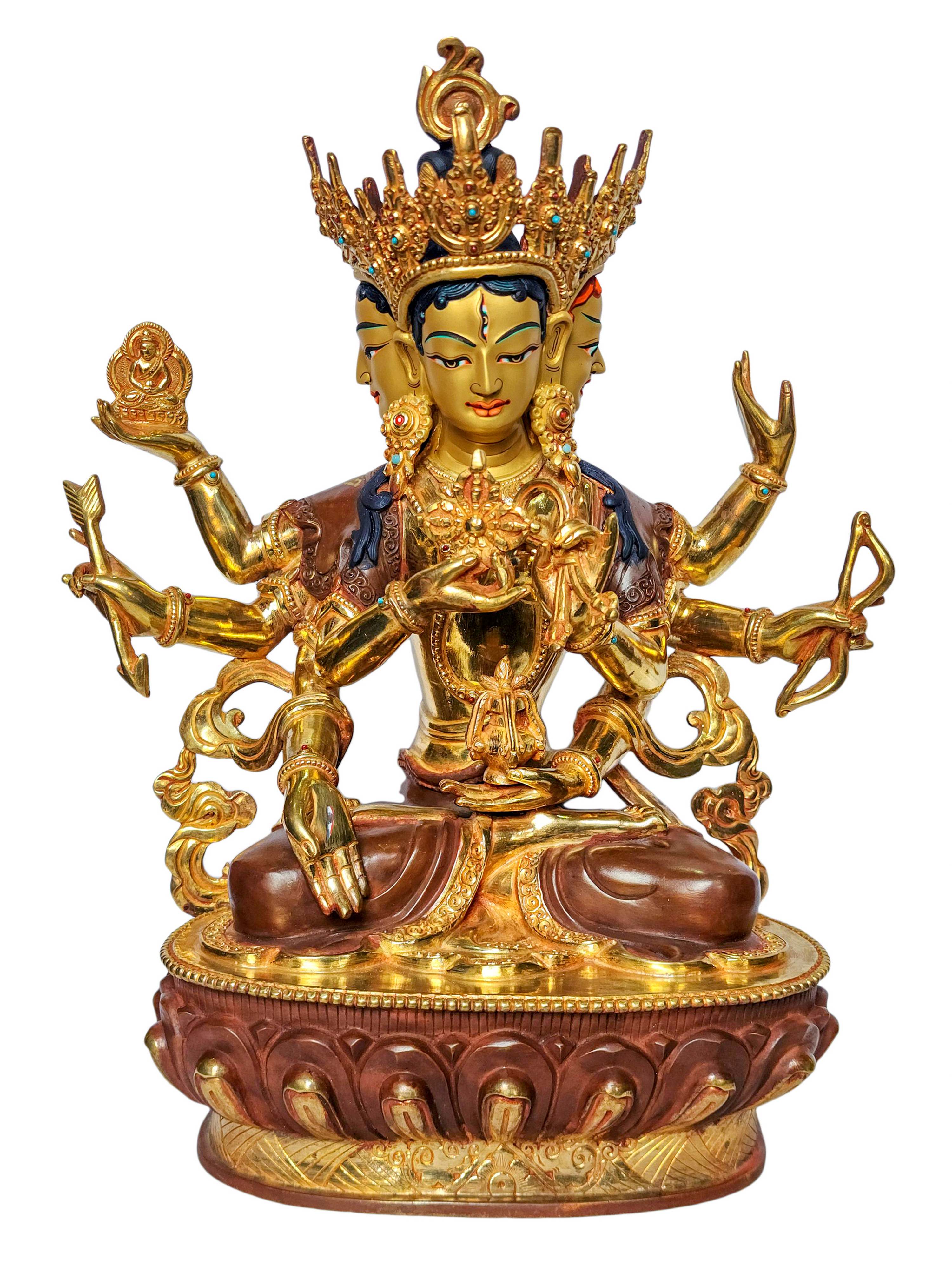

























































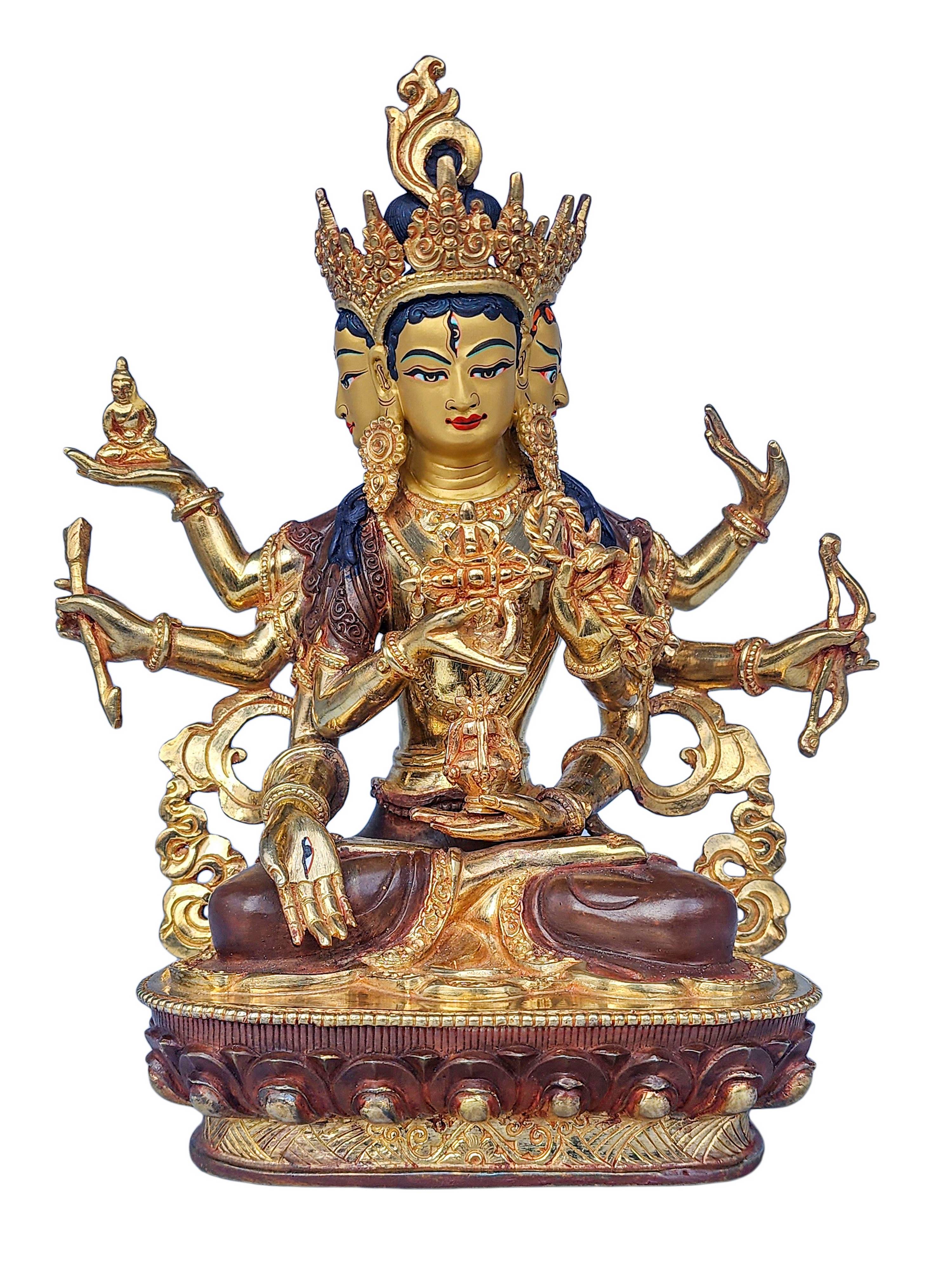 Namgyalma, Buddhist Handmade Statue,
Namgyalma, Buddhist Handmade Statue, 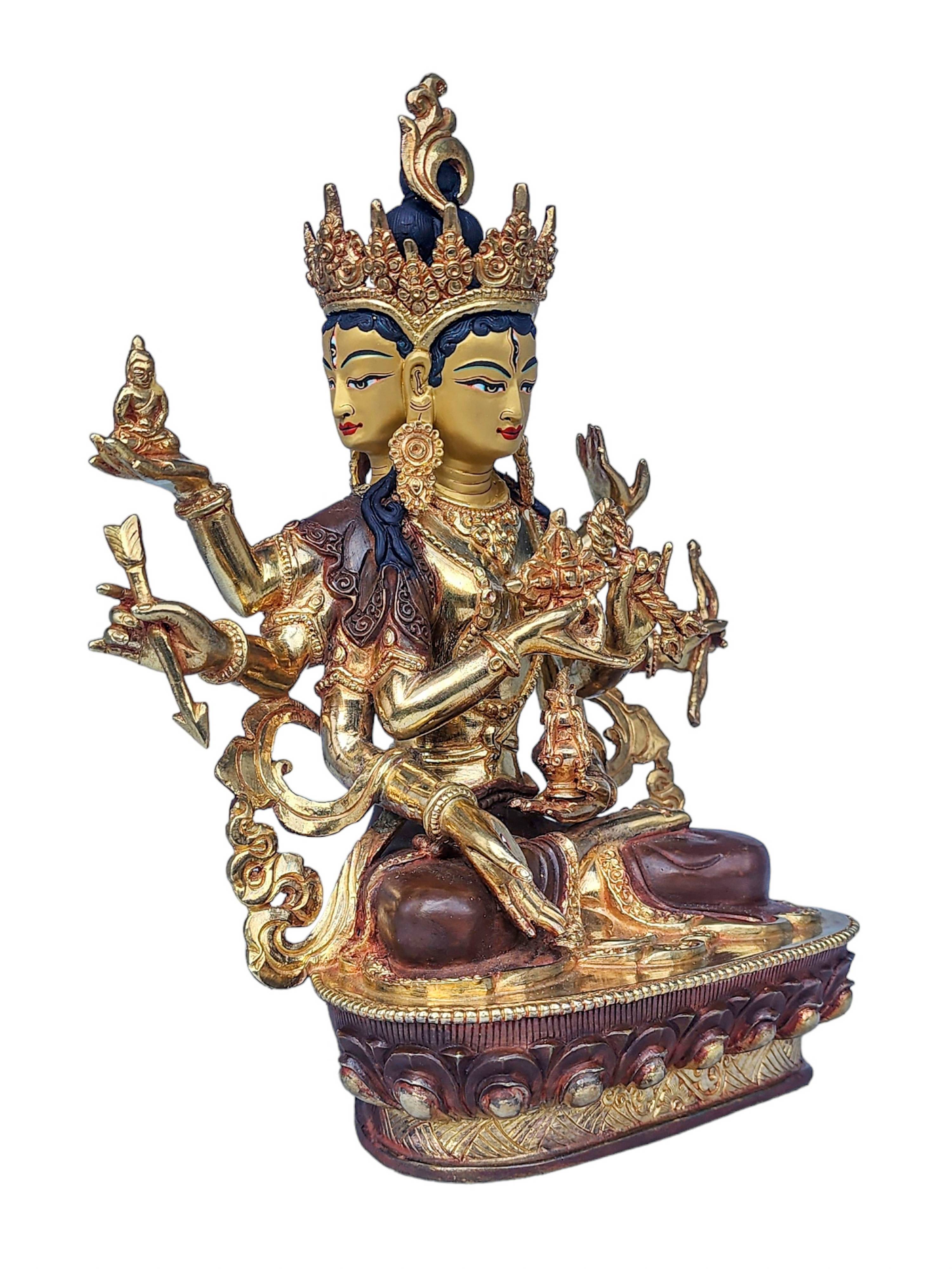 Namgyalma, Buddhist Handmade Statue,
Namgyalma, Buddhist Handmade Statue, 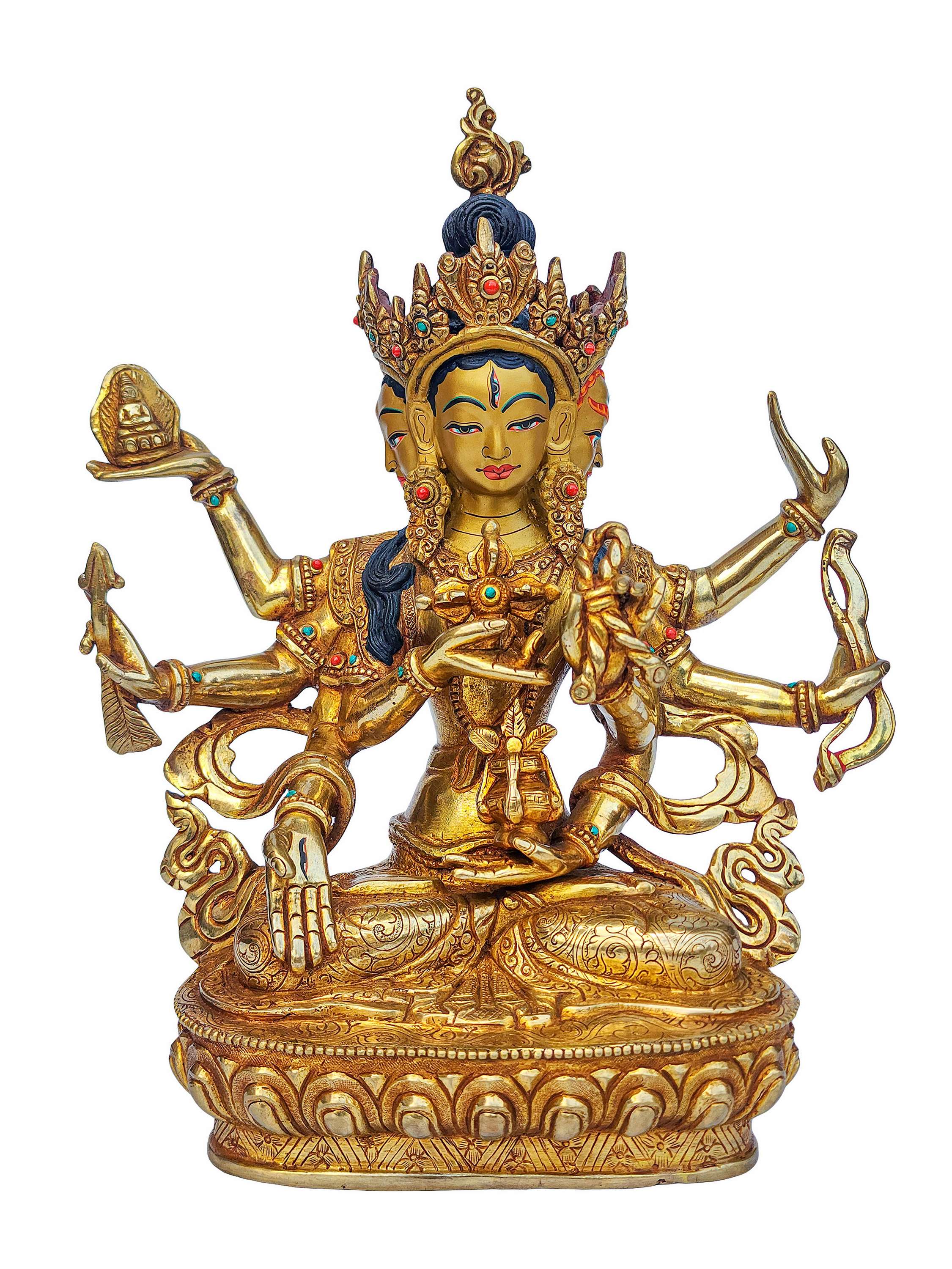 Face Painted,
Face Painted, 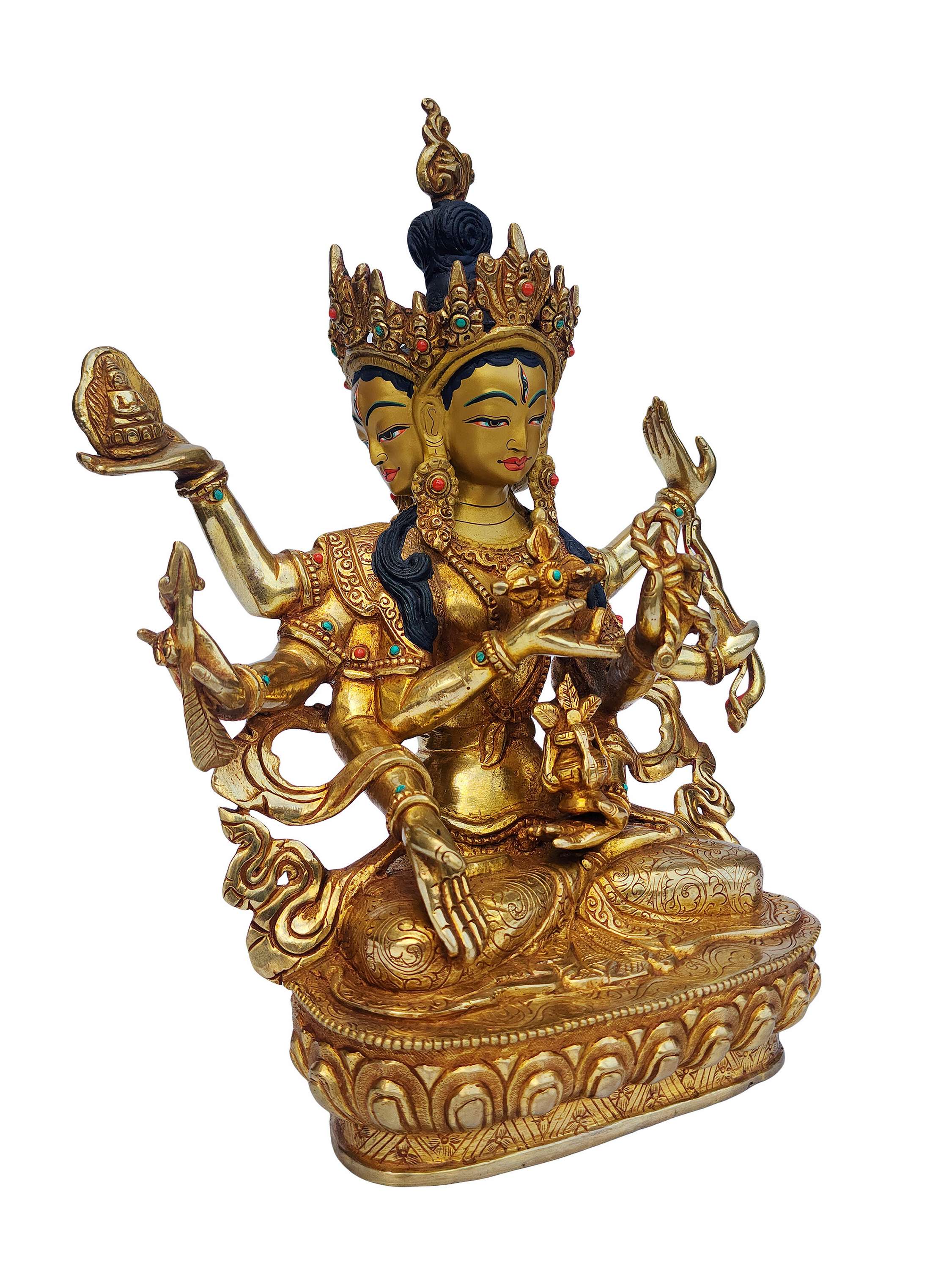 Face Painted,
Face Painted,  Namgyalma, Buddhist Handmade Statue,
Namgyalma, Buddhist Handmade Statue,  Namgyalma, Buddhist Handmade Statue,
Namgyalma, Buddhist Handmade Statue,  of Namgyalma Ushnishavijaya Brone Finihsing" title="Statue
of Namgyalma Ushnishavijaya Brone Finihsing" title="Statue 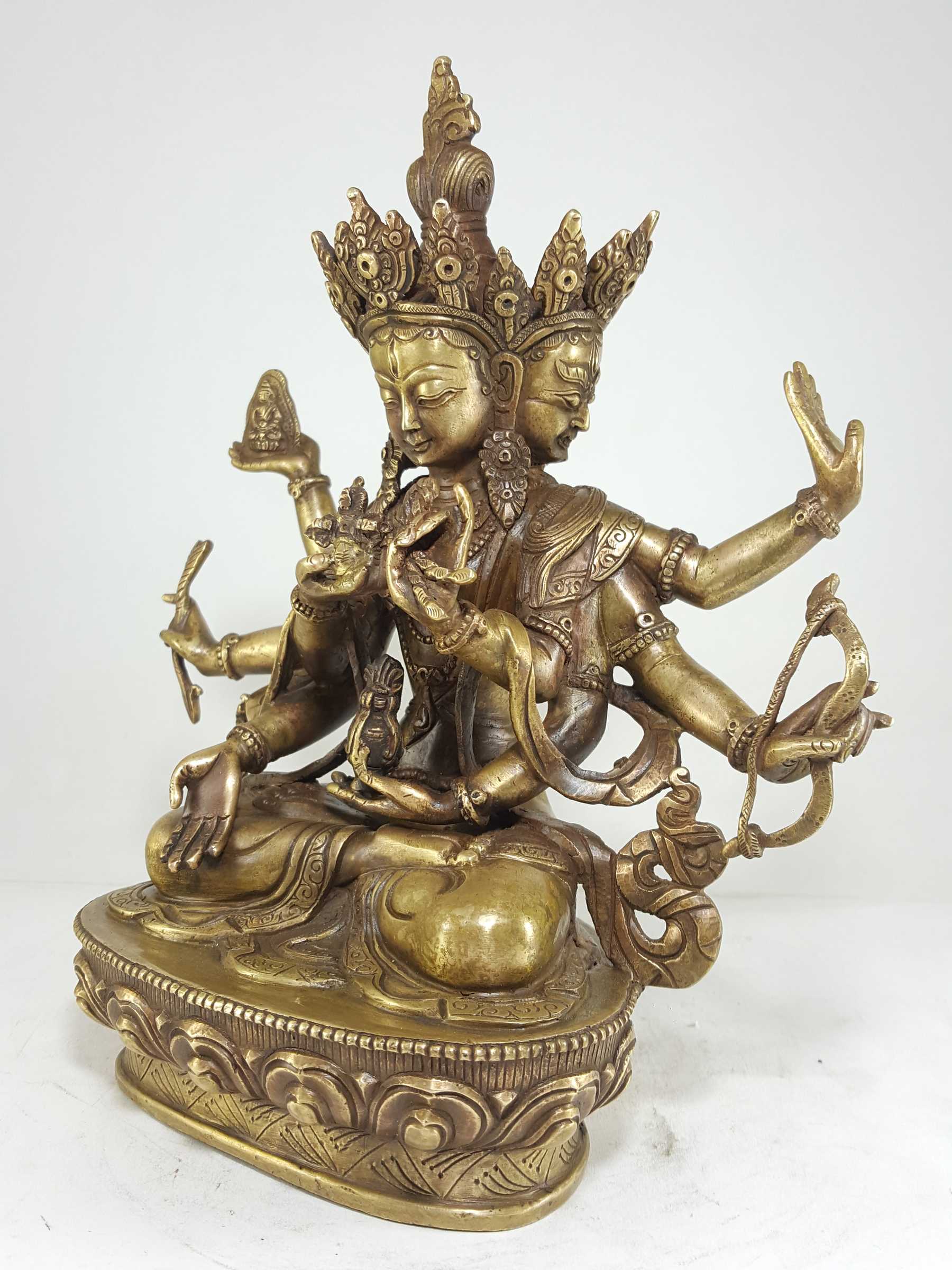 of Namgyalma Ushnishavijaya Brone Finihsing" title="Statue
of Namgyalma Ushnishavijaya Brone Finihsing" title="Statue 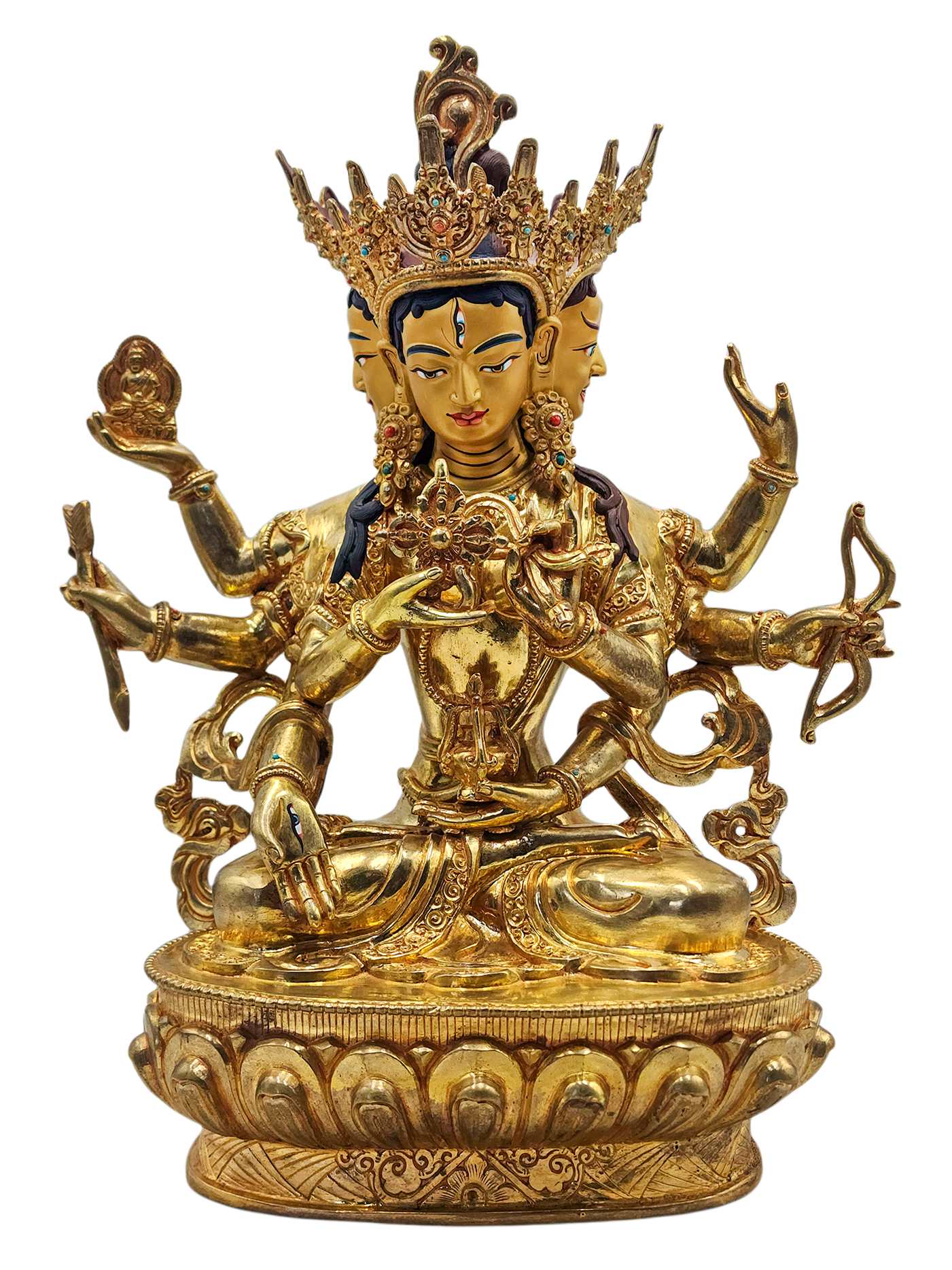 Namgyalma, Buddhist Handmade Statue,
Namgyalma, Buddhist Handmade Statue,  Namgyalma, Buddhist Handmade Statue,
Namgyalma, Buddhist Handmade Statue,  Namgyalma, Buddhist Handmade Statue,
Namgyalma, Buddhist Handmade Statue, 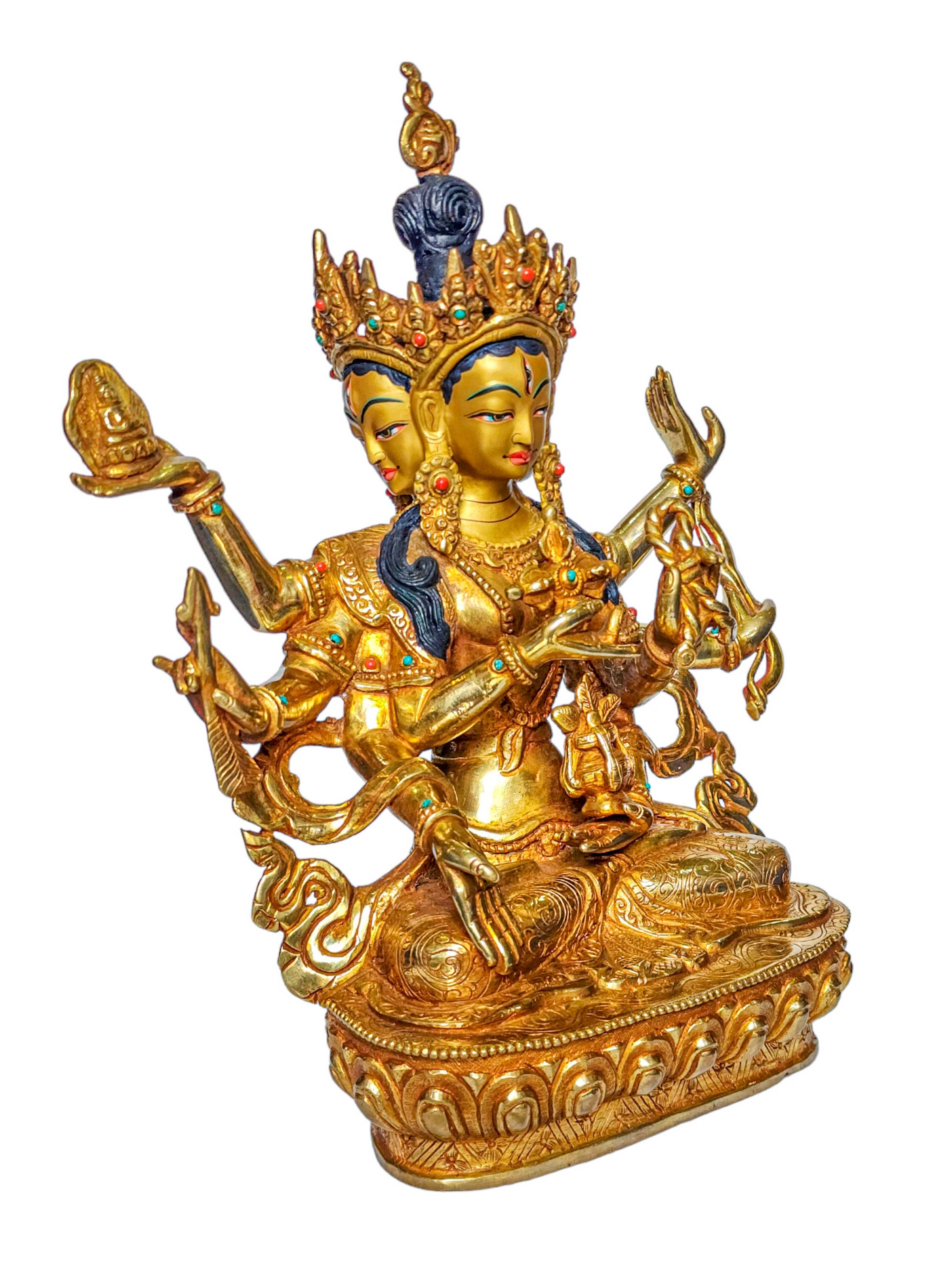 Namgyalma, Buddhist Handmade Statue,
Namgyalma, Buddhist Handmade Statue, 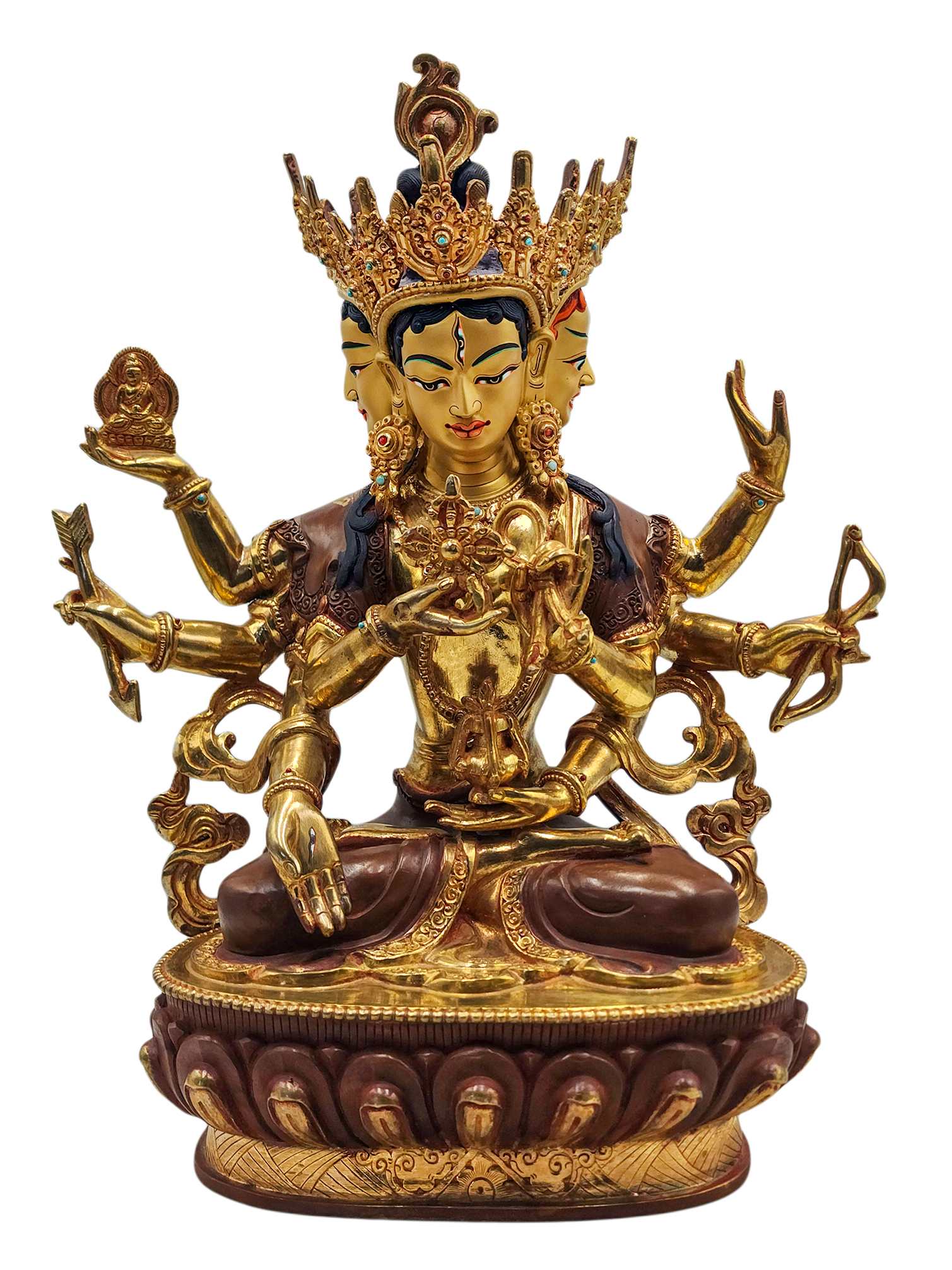 Namgyalma, Buddhist Handmade Statue,
Namgyalma, Buddhist Handmade Statue, 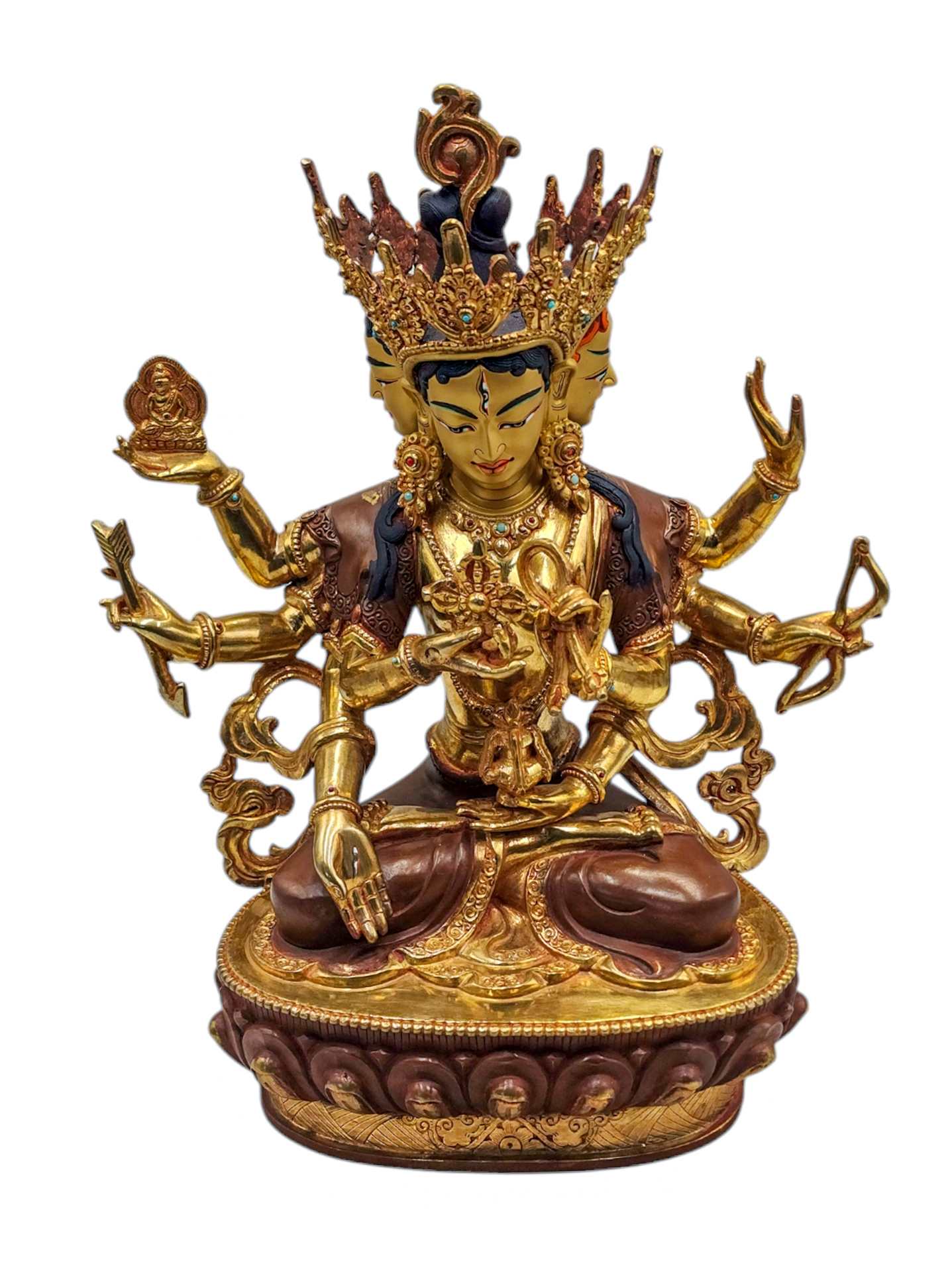 Namgyalma, Buddhist Handmade Statue,
Namgyalma, Buddhist Handmade Statue, 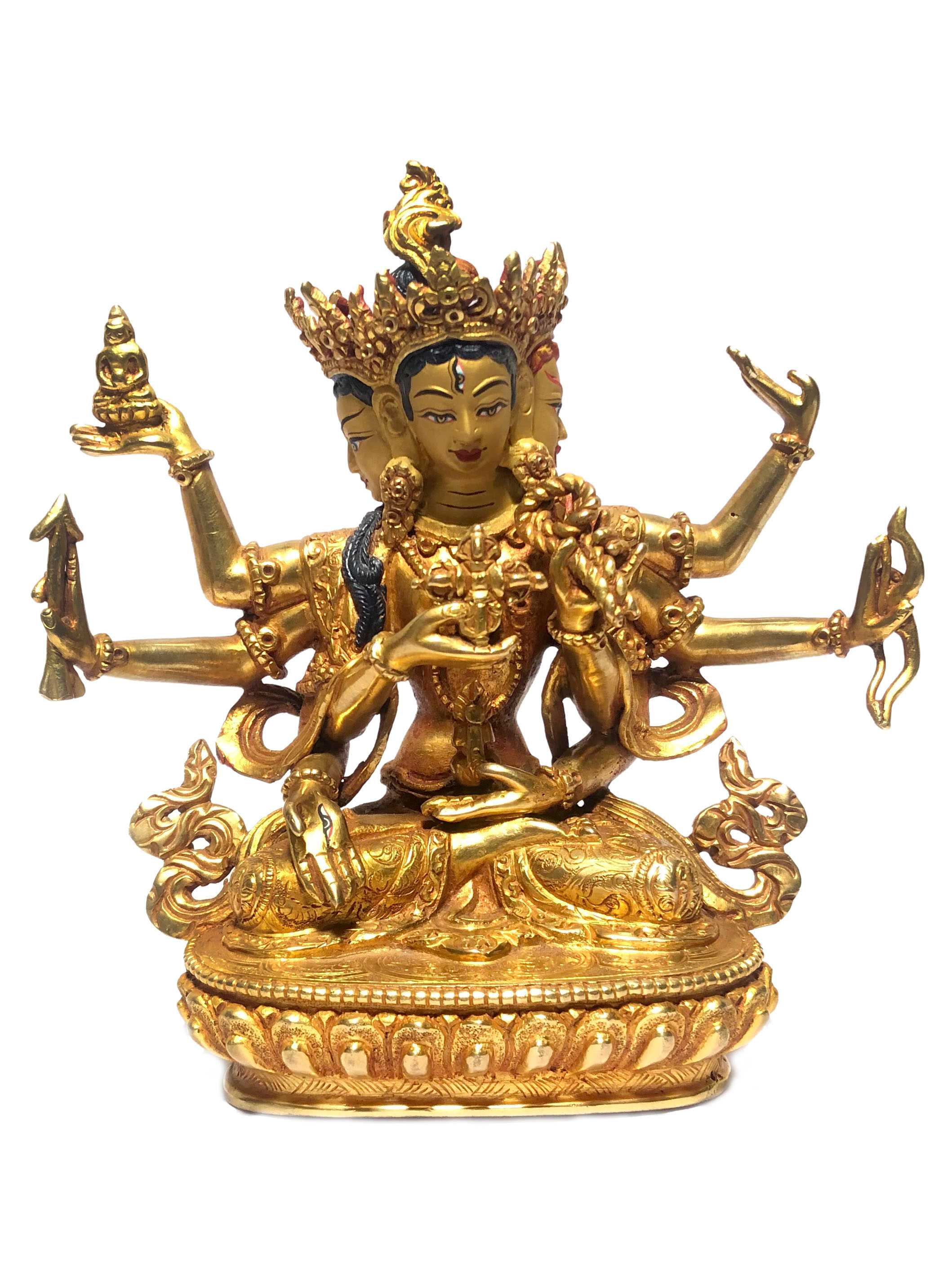 Monastery Quality Statue
Monastery Quality Statue 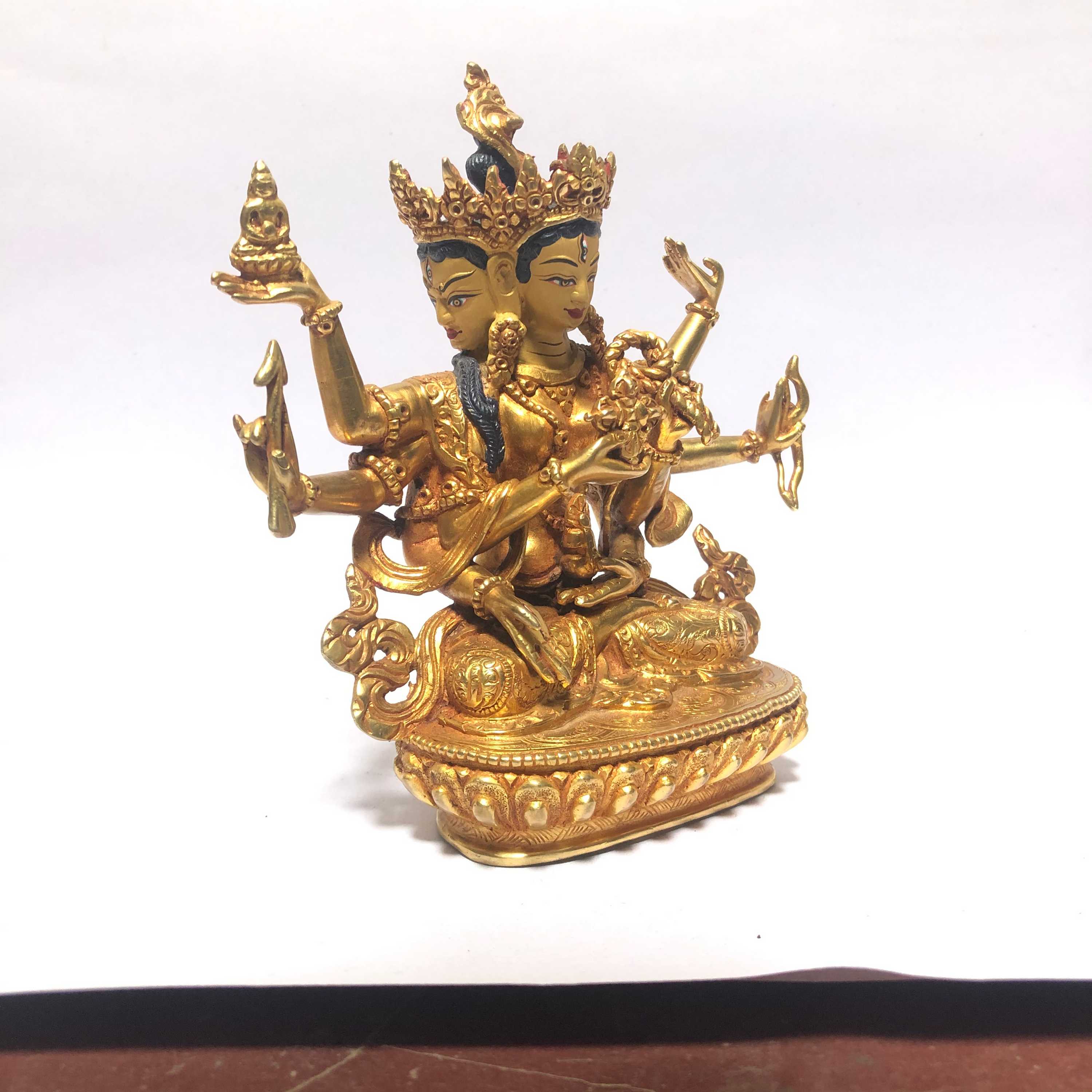 Monastery Quality Statue
Monastery Quality Statue 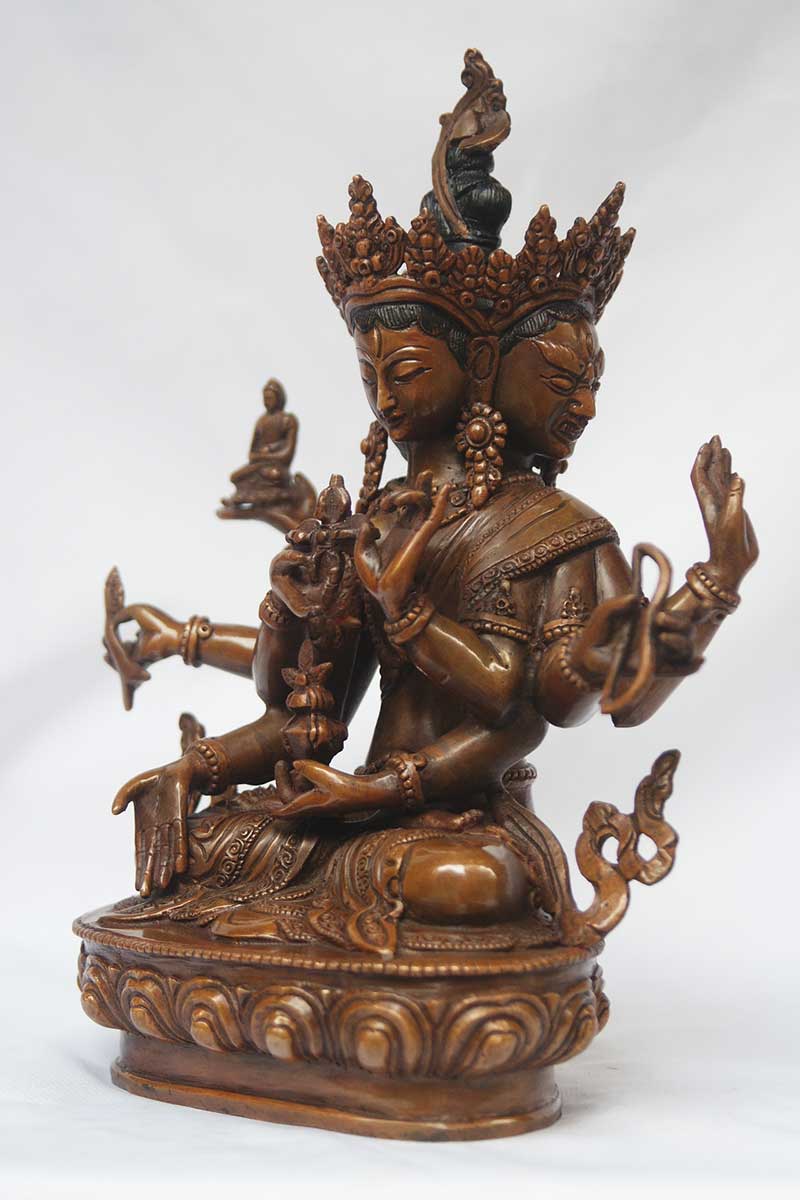 Chocolate Oxidize" title="Ushnisha Vijaya Aka. Namgyalma Statue,
Chocolate Oxidize" title="Ushnisha Vijaya Aka. Namgyalma Statue, 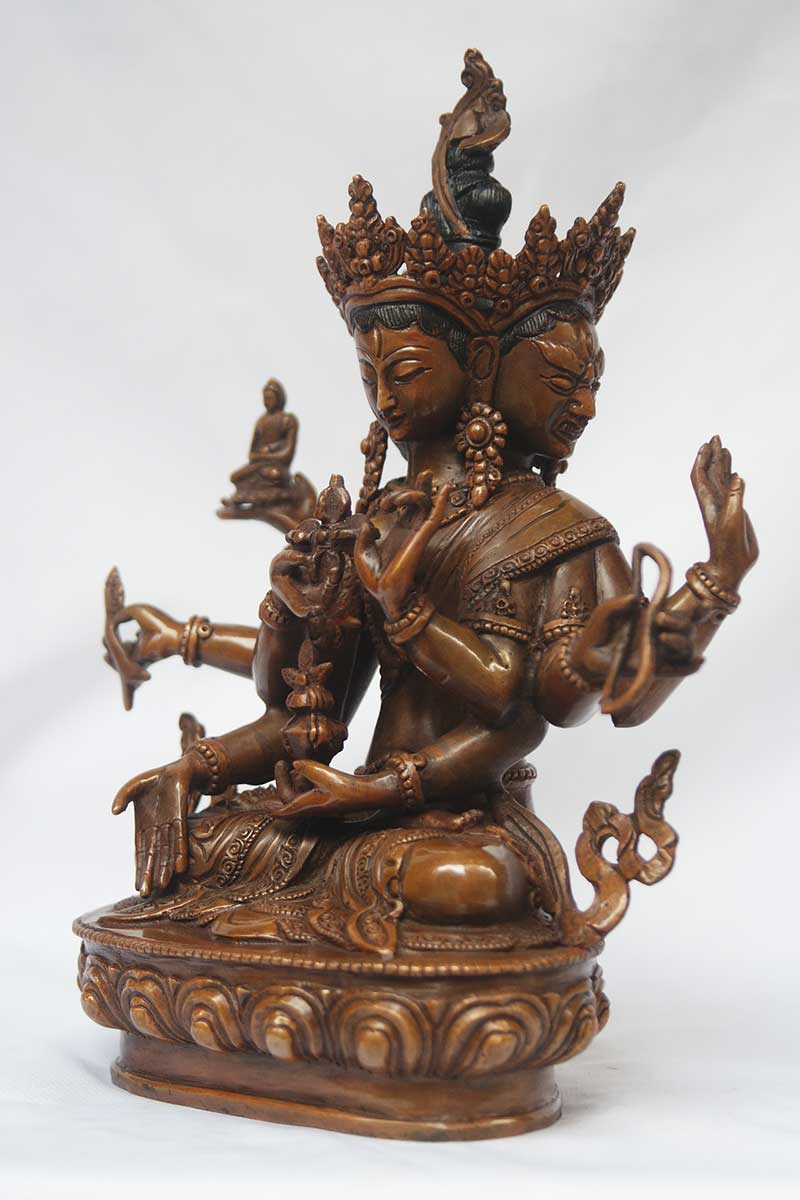 Chocolate Oxidize" title="Ushnisha Vijaya Aka. Namgyalma Statue,
Chocolate Oxidize" title="Ushnisha Vijaya Aka. Namgyalma Statue, 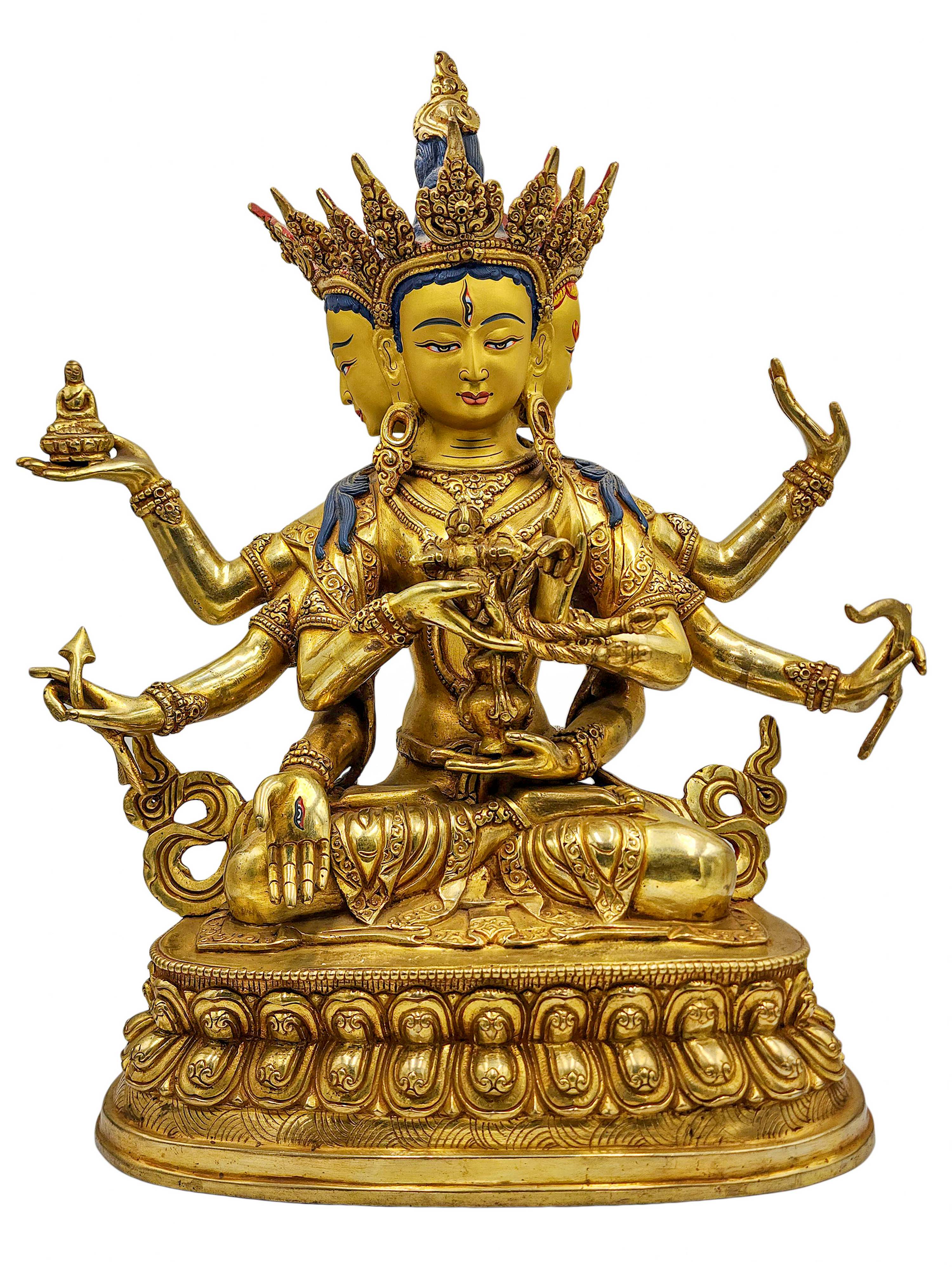 Namgyalma, Buddhist Handmade Statue,
Namgyalma, Buddhist Handmade Statue, 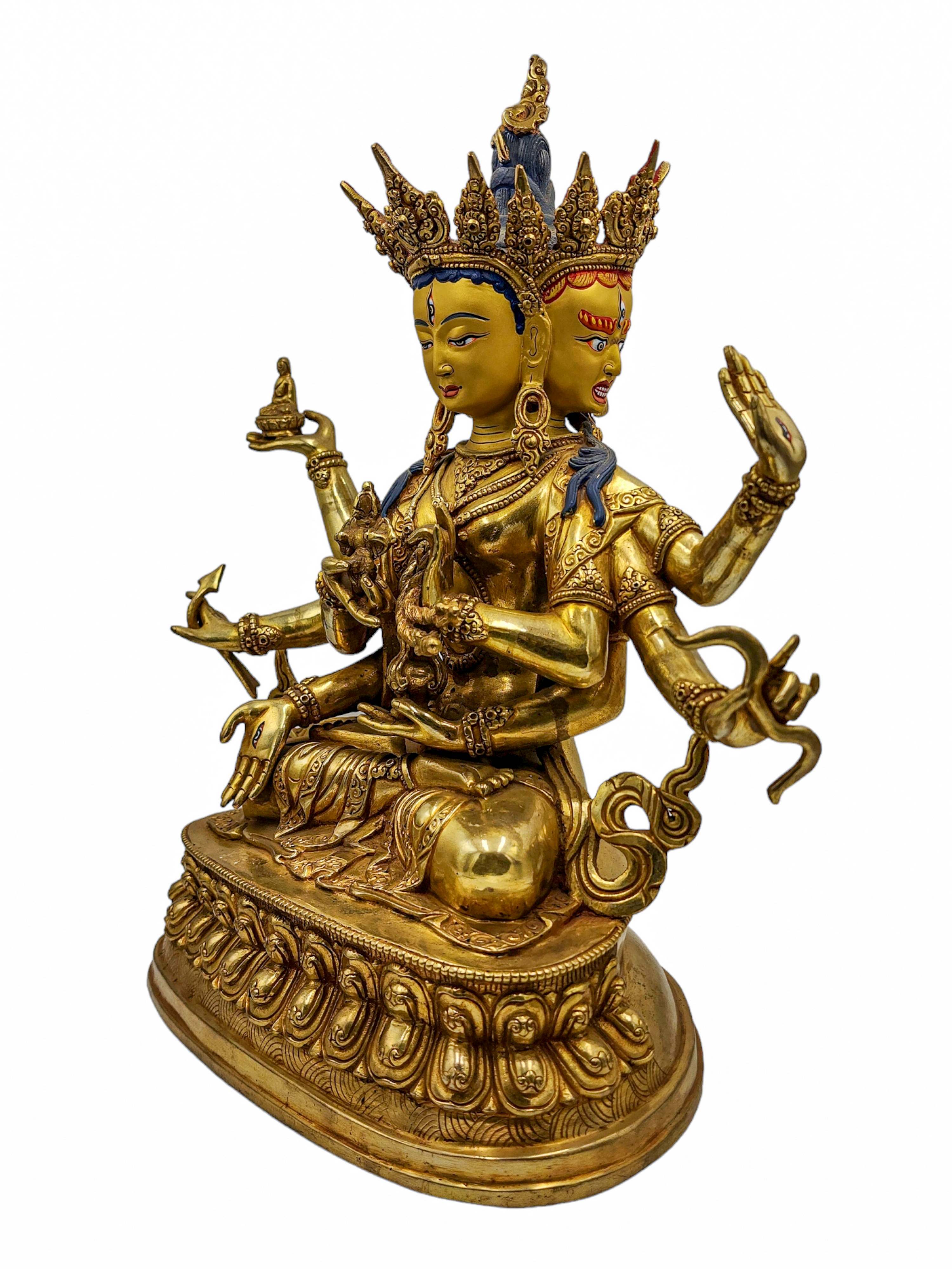 Namgyalma, Buddhist Handmade Statue,
Namgyalma, Buddhist Handmade Statue,